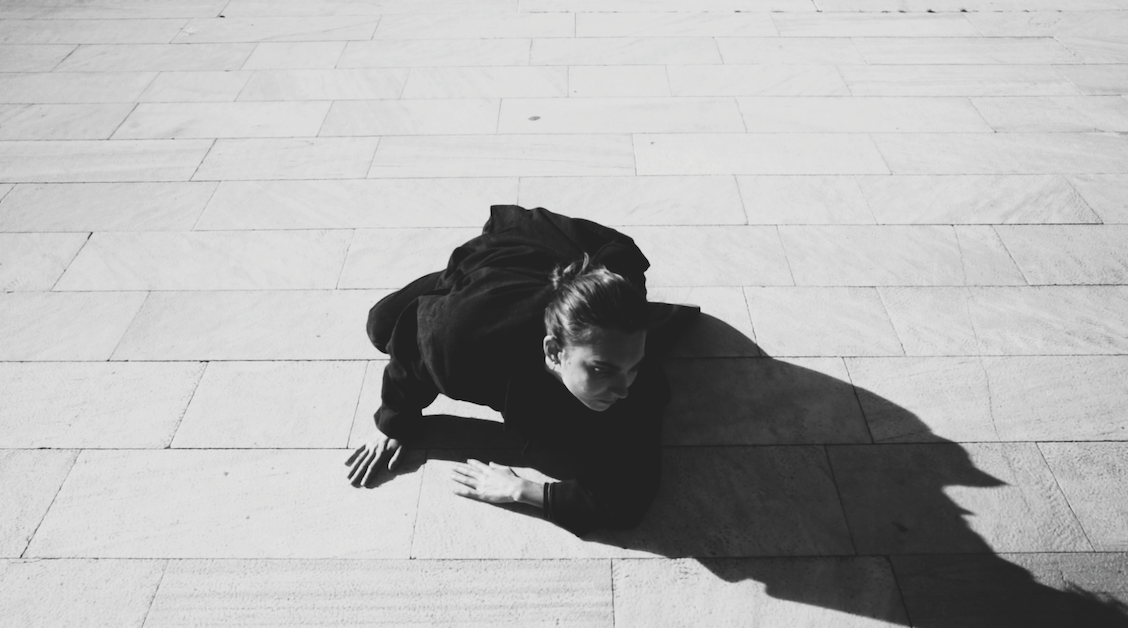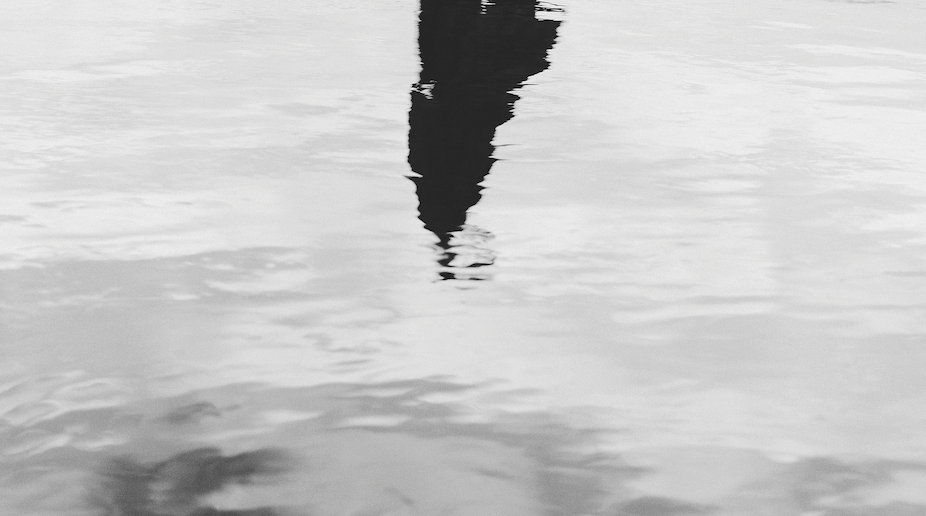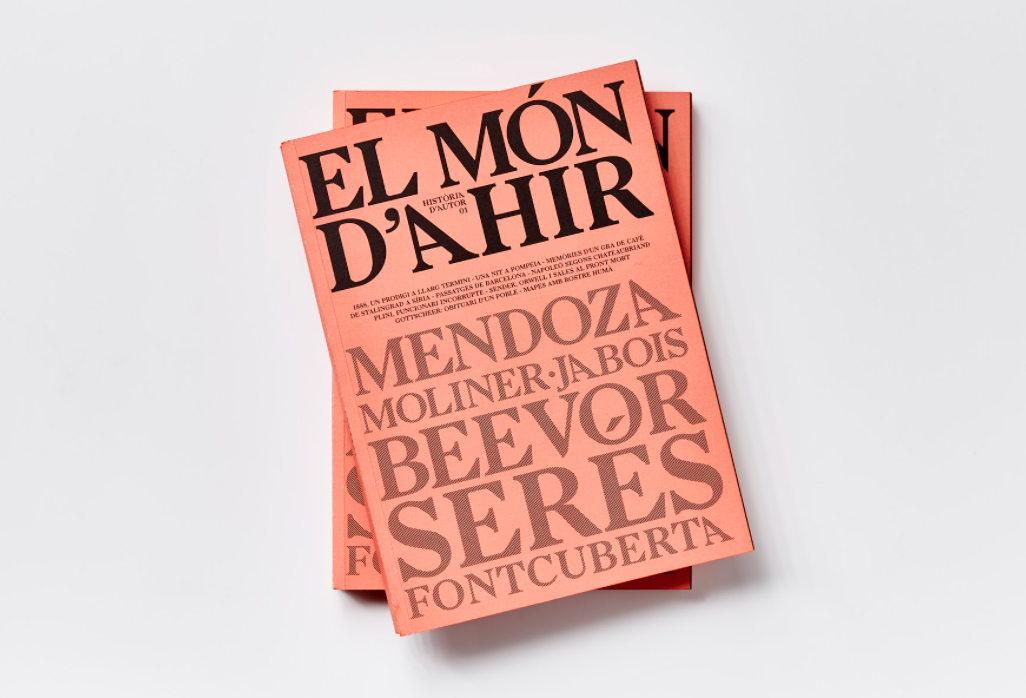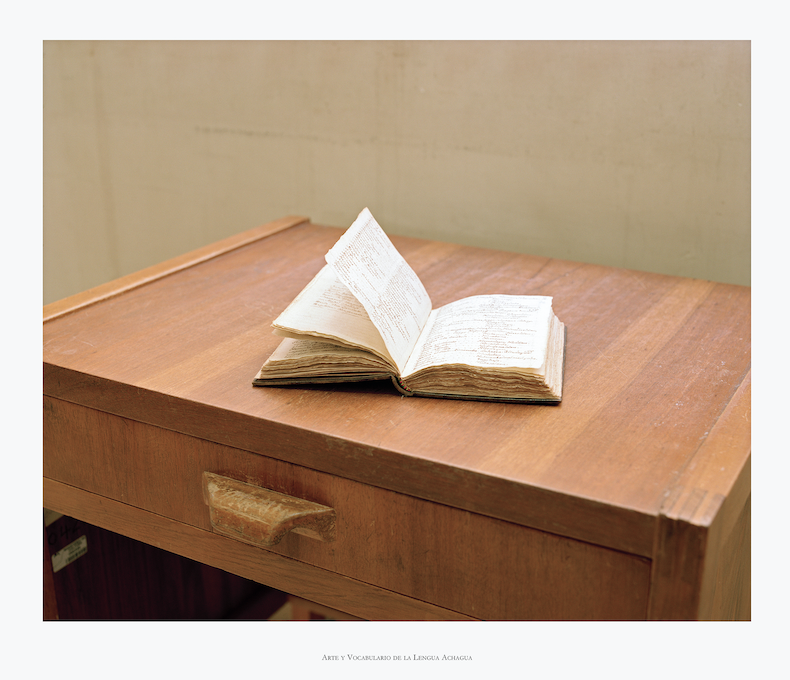reports
"Maresia." The leisurely, steady pace of a landscape

The winners of the International Spring Artistic Scholarship, convened by L'Escala City Council, were Maria Alzamora and Azucena Momo. Maresia takes as a starting point the smell of a landscape, evoking through video art and dance an atmosphere full of what is not seen through the screen: the smells, the temperature and the humidity of the 'air ... everything that the senses receive and that can only allude to the sight when it is drawn from an image.
In its 23rd edition, the Spring Scholarships, convened by L'Escala City Council, were considered, due to the covid-19, as a "special autumn" edition. 25 projects took part and the jury chose the Maresia installation, presented by Azucena Momo and Maria Alzamora, as the winner.
The Portuguese word maresia , which gives the project its title, is used in the Azores and the Canary Islands with a specific meaning: “Air laden with sea moisture in areas close to the sea” or it is perceived on land up to a certain distance from the shore of the sea ”.
The authors of the project, in the declaration of intentions of the report presented, made explicit their interest in “evoking through video art and dance an atmosphere loaded with what is not seen through the screen: smells, temperature and humidity ... everything the senses receive. ”
Literary and popular tradition
True to its initial intention, the Momo-Alzamora team has investigated the relationship between the literary tradition linked to the stories of fishermen, the legends of L'Escala and everything related to the Mediterranean Sea and the landscape of this place.
The result is that on the one hand they have infected the energy contained in the legends and this has permeated the dance movement and, on the other hand, they have tried to distill the lyricism of the poems of authors like Caterina Albert and they have been subjected to an exercise in contrast with the poems of Azucena Momo written for the occasion and with the voices of the people of the street or of folk songs.
After months of staying in the forest house and searching for spaces that define the essence of this landscape, the resulting work is a twelve-minute audiovisual montage that is projected on a screen triptych.

Capturing the eclectic nature
From the first moment, we start from an approach that avoids narrative linearity and is clearly committed to fragmentariness. Maresia is an exercise in which the video sequences, the photographic images, the noises of nature and the oral texts have been ordered intuitively, in search of a whole that has been taking shape as they have gone achieving associations with polysemous echoes.
The spaces explored in the town of L'Escala, in Sant Martí d'Empúries, in the fish market and on the outskirts of the village, are simply insinuated and everything that is explicit is shunned. There is a dominant rhythm that invades everything, it is a rhythm that somehow seems to imitate the undulating movement of the sea, a ubiquitous sea, near and far at the same time, a sea that is there even though sometimes it is not seen but that is flaira, whose image will not appear until the end.
It is clear that they wanted to capture the eclectic nature of the people, both in space and in language or cultural models. The work of local legends has given the movements strength and sometimes some violence. The choice of frames tends to prioritize asymmetry, cropped planes, contrasting lights and shadows. The distribution of silences and sound fragments generates a very efficient narrative tension.

Experience the landscape
The spectator must face a reading exercise for which he must open himself mentally and must renounce the limitation of linearity. The phases of silence coexist with others in which images are projected on one, two or three screens simultaneously, and he has no choice but to let himself be carried away by the slow and constant rhythm shared by the evoked landscape and the figure of ‘Azucena Momo, who often moves by drawing circles that change direction and delves into the spaces she explores.
Maria Alzamora launches a game of black and white that reaches moments of great lyricism and loads the speech with timeless echoes. The courage of some frames breaks stereotypes and stains everything from an aesthetic that corresponds to a determined will to generate a material that is fully included in the poetic language but that avoids the structure of conventional linear discourse.
Avoid linearity
What emerges from the winning work of this 2021 scholarship is that the experience of having lived the Escala in search of the essence of the village and having done so at a specific time, still conditioned by the effects of the covid -19, has led the authors to flee from the slavery of conventional language and to bet, instead, on a proposal that seeks to say without explaining, in order to achieve a discourse that raises questions about both what is meant by, how to read it.









